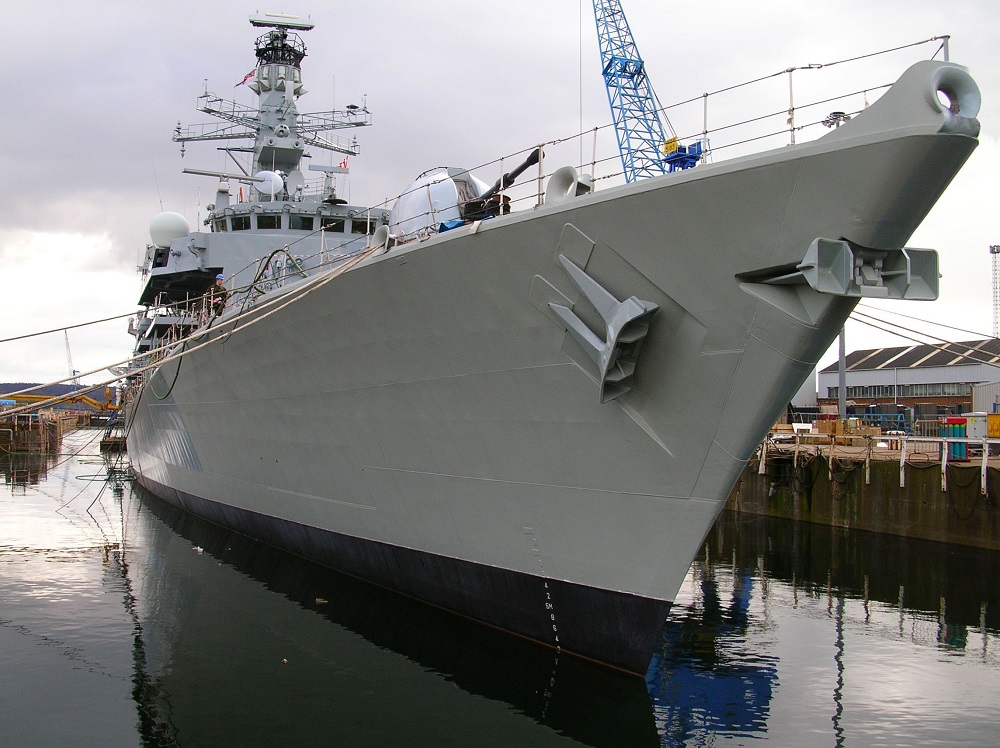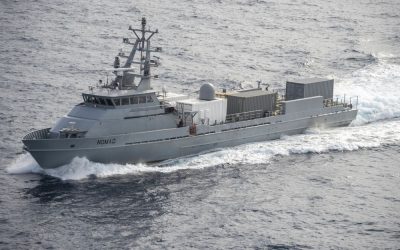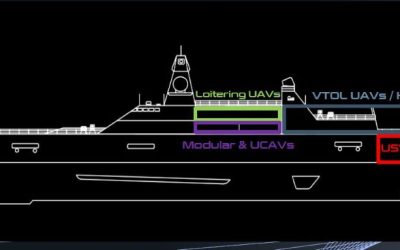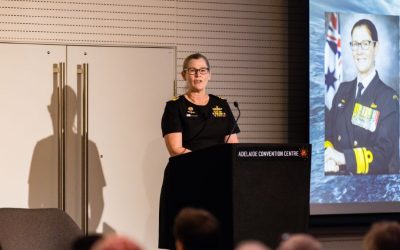A decade-long programme of upgrade work on the UK Royal Navy’s ageing Type 23 frigates is nearing completion, with one ship left to complete the process.
At the end of February 2024, the UK Royal Navy frigate HMS St Albans returned to sea after what the Royal Navy described as a “massive revamp” at Devonport Dockyard in Plymouth.
After nearly 20 years of service in the Atlantic, the Mediterranean and the Gulf, St Albans arrived in Plymouth in 2019 to begin preparations for the refit.
Back at sea for the first time in four and a half years, HMS St Albans is the penultimate Royal Navy frigate to undergo a massive overhaul. One further Type 23 remains – HMS Sutherland – remains to complete the LIFEX programme, a process that is due to be completed in June 2024. The LIFEX programme commenced in 2016, when the Type 23 HMS Argyll entered Devonport Royal Dockyard.
The LIFEX Upkeep for the Type 23 frigates is a particularly extensive programme of capability update and upgrade developed and co-ordinated through the Surface Ship Support Alliance, which consists of the UK Ministry of Defence, Babcock and BAE Systems.
Led by Babcock, the programme brings together major changes to equipment and systems, encompassing the Capability Sustainment Programme (CSP) and the opportunity to address equipment obsolescence, as well as extending the life of the hull and superstructure to operate well beyond its original design life.
Work on HMS St Albans demanded more than 1.2 million working hours by sailors, civilian engineers and shipwrights, software specialists and many more. Around 350 structural enhancements to strengthen the ship and allow her to carry new equipment have been carried out, demanding more than 4km of welding.
All four diesel generators were replaced, meaning the ship can produce more power, the main engines removed, overhauled, and reinserted—a complex engineering feat, and a first for her project team. More than two dozen new pumps with 4km of pipework have been fitted, and some 10,000 square metres of paintwork refreshed, leaving the vessel more efficient and reliable, with the living quarters overhauled to better meet the needs of sailors in the 2020s, such as the installation of more plugs and USB ports.
Now fitted with the Sea Ceptor air defence system, St Albans now also has one magazine that has been adapted for the new Martlet missile, which has recently entered service with the Fleet Air Arm, and aviation facilities enhanced to support the latest variants of Merlin, Wildcat and most NATO maritime helicopters. As a dedicated submarine hunter the ship has been fitted with Sonar 2150 in place of 2050, which can detect underwater threats at greater range and is easier to operate.




